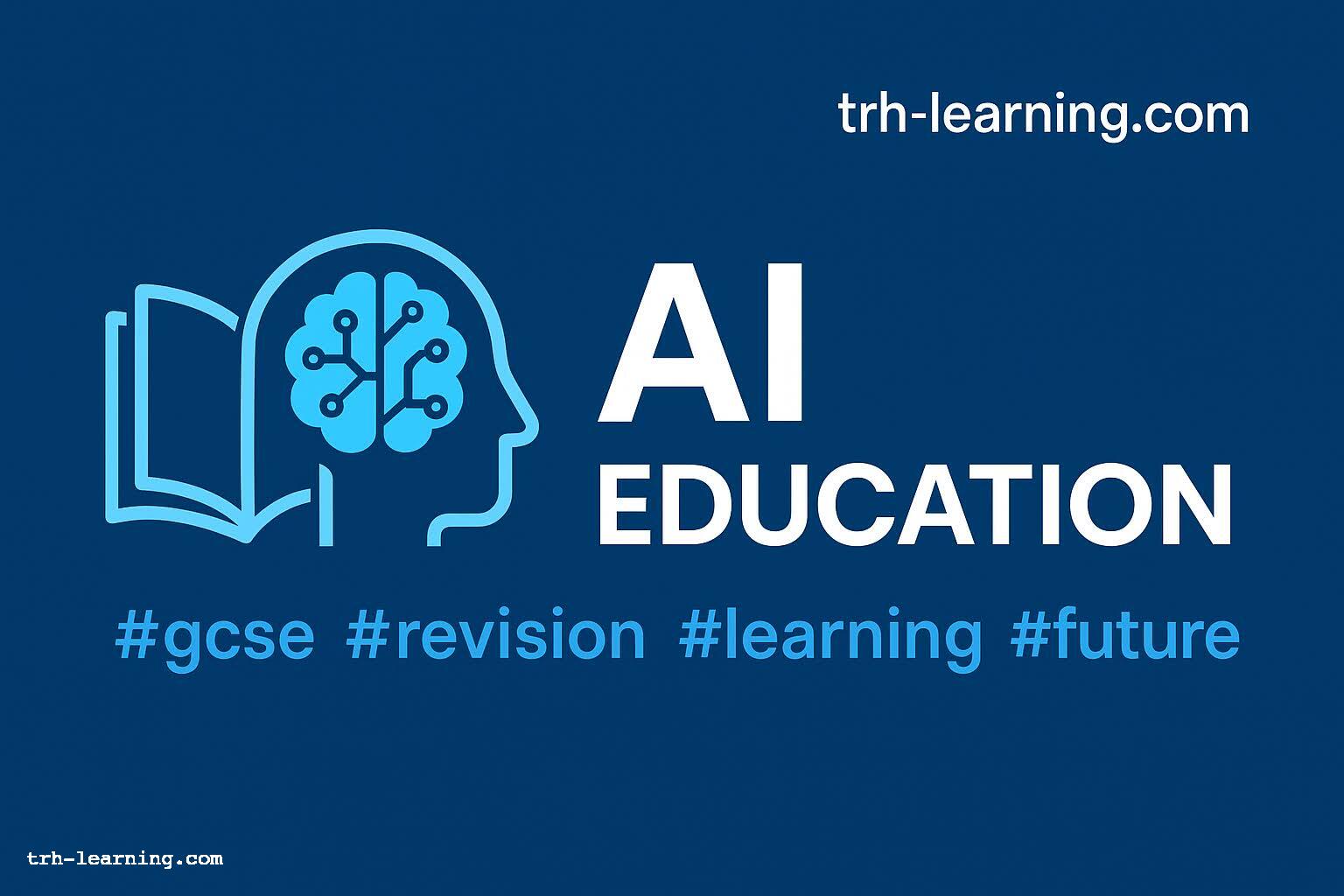"GCSE Physics Revision: Forces and Their Impact—Interactive Tools for Enhanced...
Forces and Their Impact—Interactive Tools for Enhanced Understanding
Understanding Forces in GCSE Physics
Forces are a fundamental concept in physics, playing a crucial role in understanding how objects interact with each other. In GCSE Physics, students explore various types of forces and their effects on motion and stability.
Types of Forces
- Gravitational Force: The force of attraction between two masses. It keeps planets in orbit and objects grounded on Earth.
- Frictional Force: The resistance force that occurs when two surfaces move across each other. It can slow down or stop motion.
- Normal Force: The support force exerted upon an object in contact with another stable object, like a book resting on a table.
- Tension Force: The force transmitted through a string, rope, or wire when it is pulled tight by forces acting from opposite ends.
- Applied Force: A force that is applied to an object by a person or another object.
Interactive Tools for Learning
Interactive tools can significantly enhance the understanding of forces by providing visual and hands-on experiences. Here are some recommended tools:

- Physics Classroom Interactives: Offers simulations and activities to explore different force concepts.
- PhET Interactive Simulations: Provides free interactive math and science simulations, including those on forces and motion.
- Gizmos: Interactive math and science simulations that support learning through inquiry and exploration.
Impact of Forces
Understanding the impact of forces is essential for solving real-world problems. Forces can change the speed, direction, and shape of objects. By mastering these concepts, students can better understand phenomena such as vehicle dynamics, sports mechanics, and structural engineering.
“The study of forces is not just about understanding motion; it's about comprehending the very principles that govern our universe.”
For more resources and study tips, visit our GCSE Physics Revision page.
Browse Categories 📚
Ready to boost your learning? Explore our comprehensive resources above, or visit TRH Learning to start your personalized study journey today!